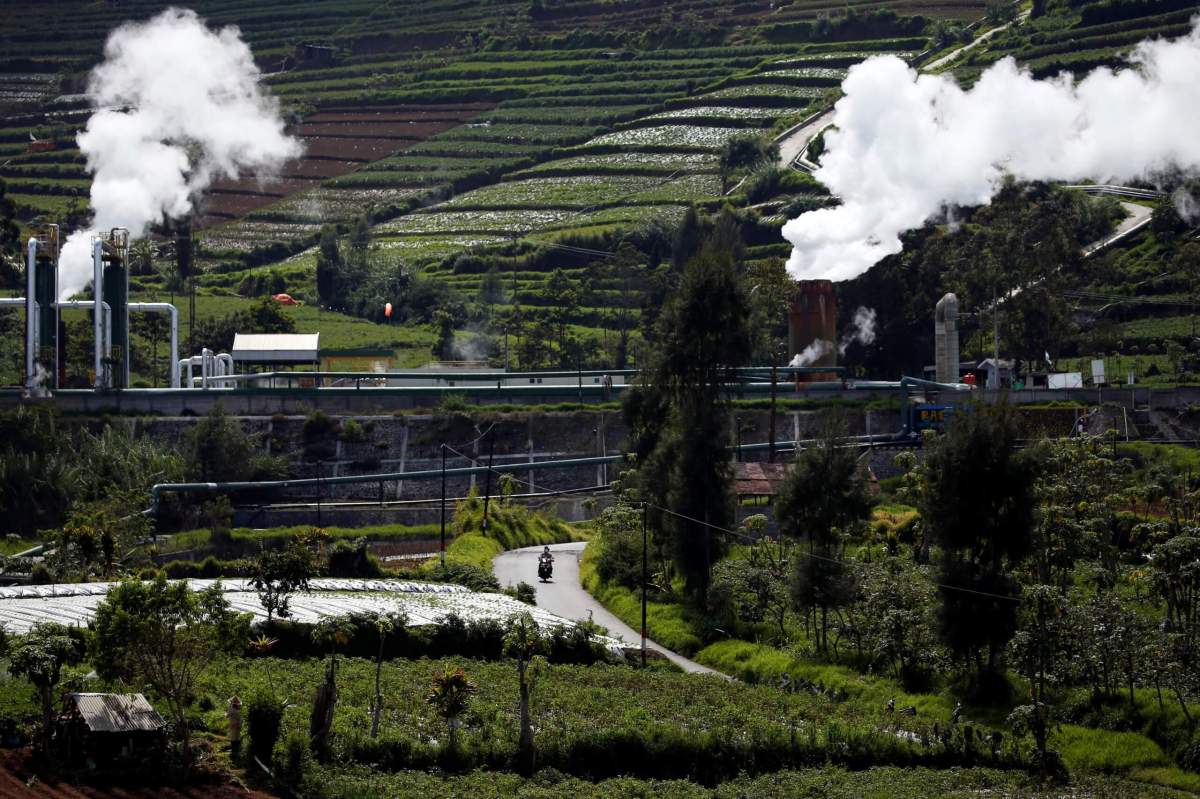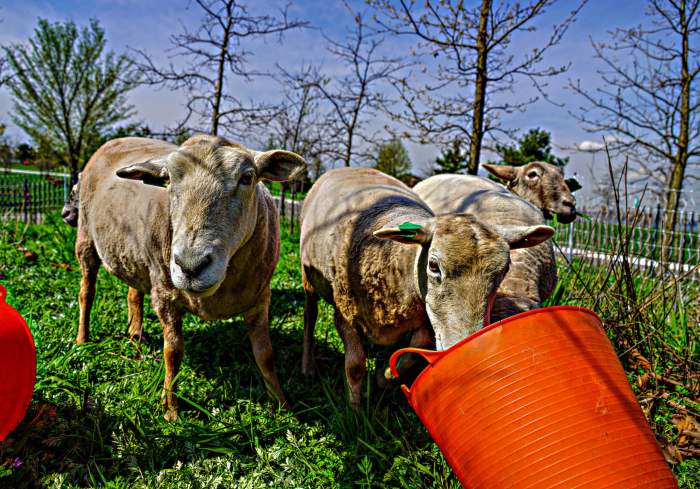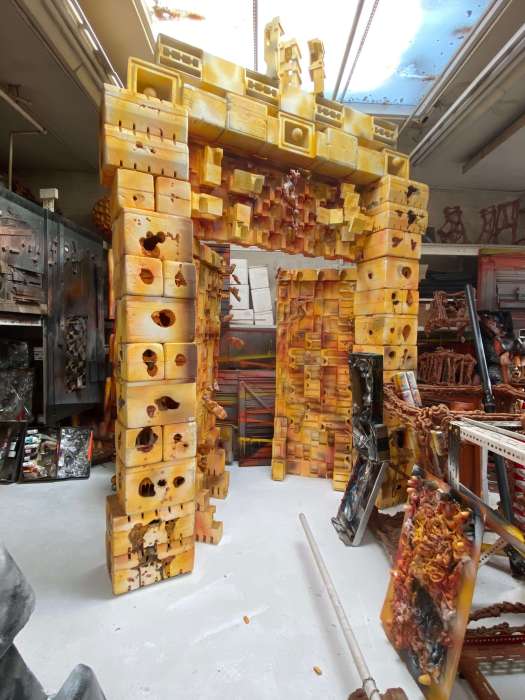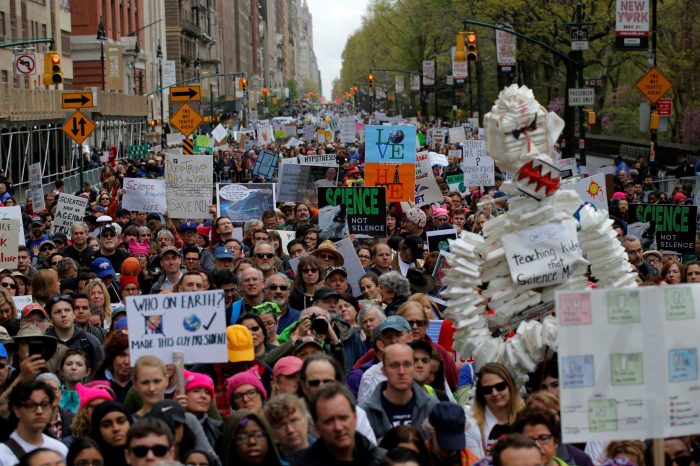Sniffing out new renewable energy sources for New York City like a determined bloodhound, Mayor Bill de Blasio spoke Wednesday about implementing more geothermal heating and cooling systems to replace fuel oil and natural gas in buildings.
New York City has a few geothermal sites that fuel public buildings throughout the city, including a fire station in Brownsville, Brooklyn and at a school on Staten Island. De Blasio said the plan is really just to expand these sites as much as possible to the rest of the city’s infrastructure.
“Literally power from the Earth right beneath us, that’s going untapped, that we have to get to because we need every form of renewable energy we can get our hands on,” said de Blasio in his morning briefing.
Geothermal, or ground-source, uses reservoirs of hot water that exist deep below the Earth’s surface, explained the U.S Office of Energy Efficiency & Renewable Energy (EERE). Deep wells and pumps are then used to tap the steam or super hot water for electricity generation, direct use, and heating and cooling.
These sites, said the EERE, are commonly found in western states, emit less greenhouse gases, have more compact power plants, and can produce electricity consistently regardless of weather. But de Blasio thinks New York might be able to make it work here in this East Coast metropolis.
“We’re just scratching the surface,” said de Blasio. “We need to make geothermal power a big part of what we’re doing going forward. It has to reach tens of thousands, ultimately hundreds of thousands of New Yorkers in combination with wind, solar, and hydro.”
To figure out where these sites can go, the city is launching a pilot feasibility study, said de Blasio.
The same study has technically been around and was passed back in 2013, but it should help identify places that are viable, have the most impact on reducing gas usage, are affordable, and can benefit environmental justice communities by the end of 2021.
De Blasio said it’s currently believed that at least 130,000 buildings could be viable for a geothermal system.
Department of Design and Construction (DDC) Commissioner Jamie Torres-Springer said in a statement that the geothermal systems in the Bronx River House in Starlight Park in 2014, for example, typically provide a 20% energy savings versus conventional heating and cooling systems. “This is an important opportunity to bring these critical technologies to scale and expand those energy impacts citywide,” said Torres-Springer.





































